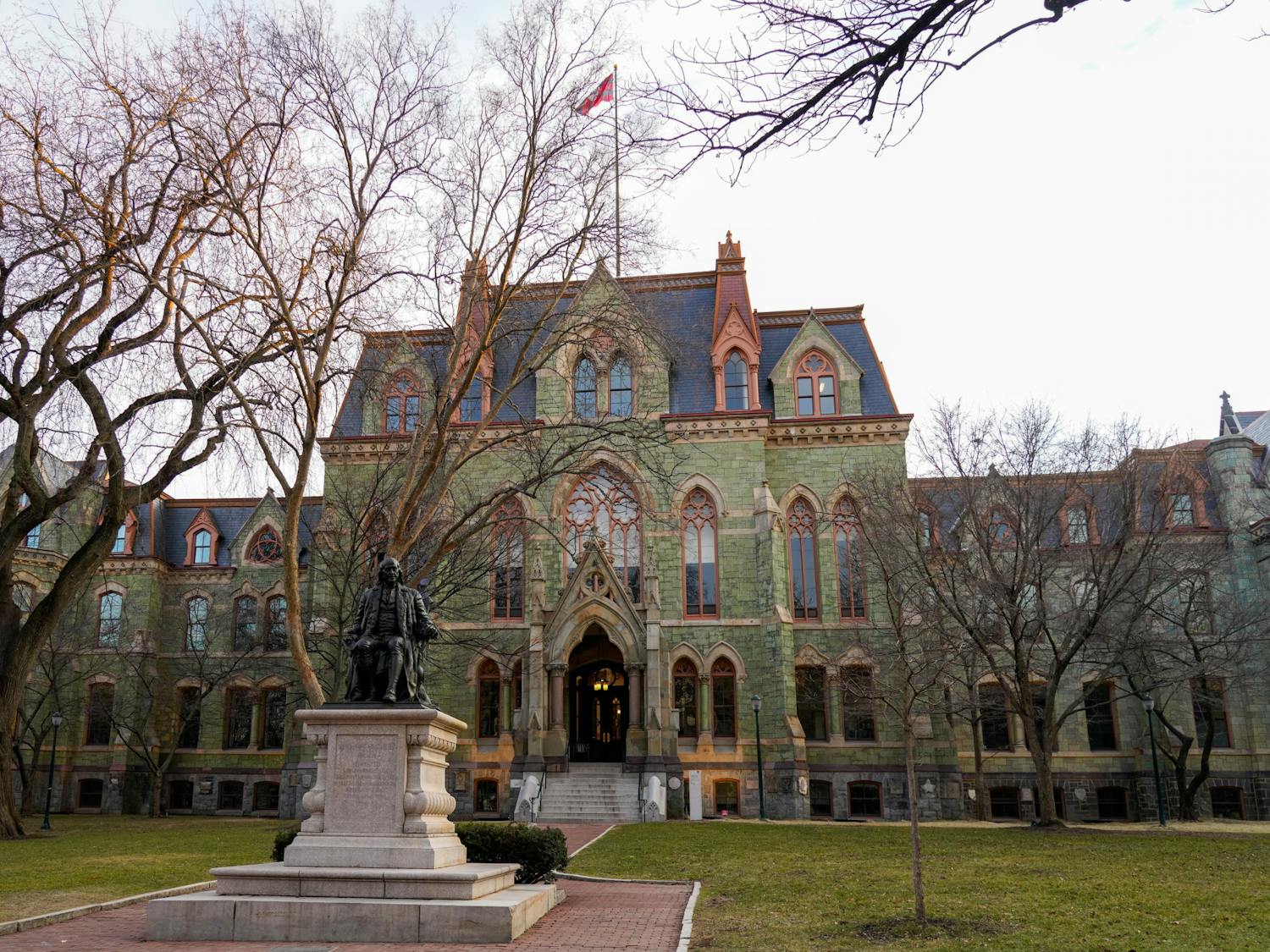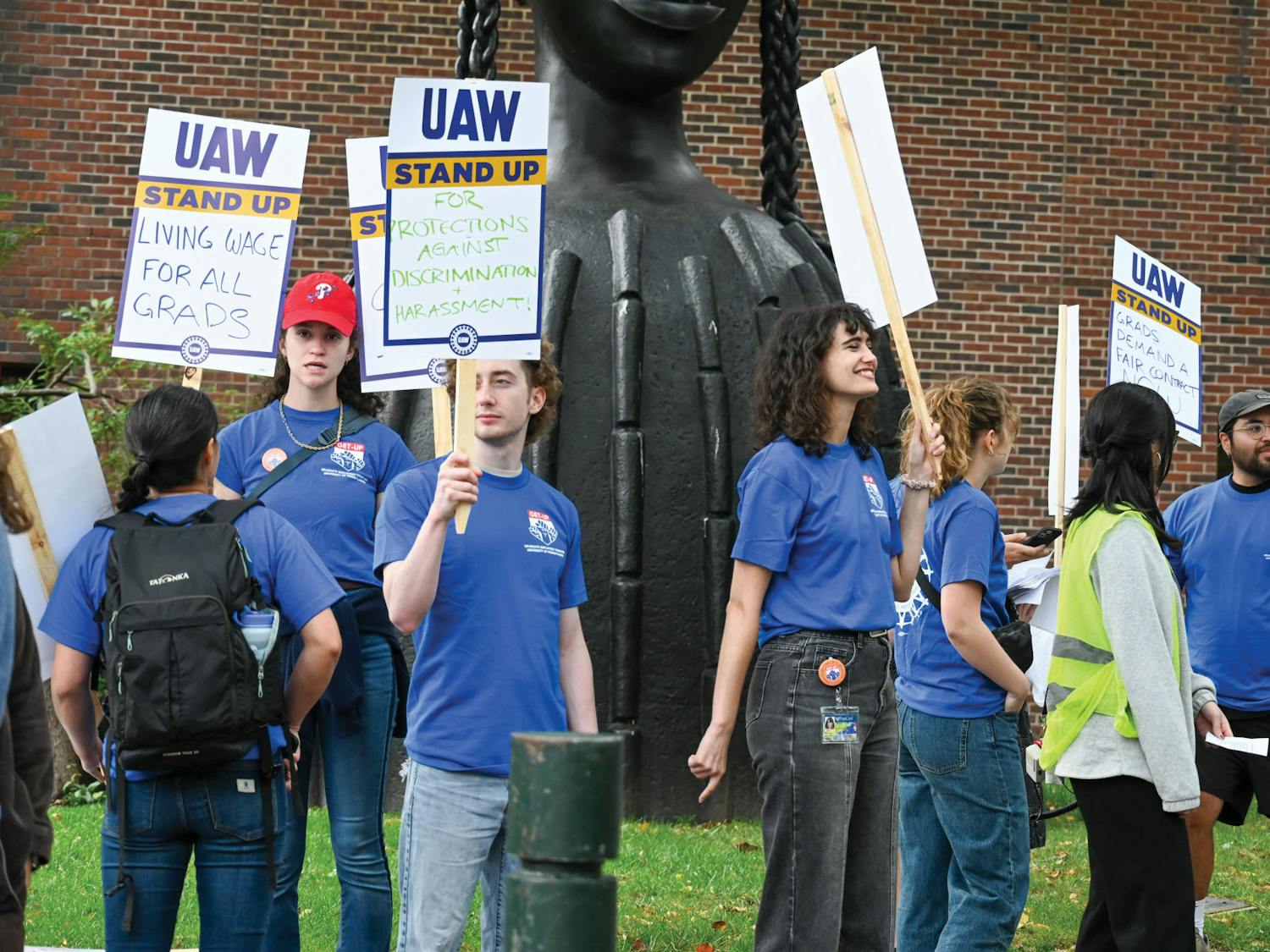Since 1999, Penn has allocated a wide array of resources and spent millions of dollars on alcohol abuse education, prevention and control. Yet, annual student survey results reveal that student drinking behaviors have changed very little, and in some regards have become more dangerous.
Budgets of the different offices that address the alcohol policy -- including the Office of Health Education, the Office of Student Life and the Office of Fraternity and Sorority Affairs -- have increased by approximately 40 percent since the University implemented its current policy in 1999.
At that time, the University began conducting undergraduate surveys on alcohol and drug use. Trends have indicated that the average number of drinks that Penn students consume when they go out has increased from 3.4 in the 1999-00 academic year to 4.2 drinks in the last academic year.
For 2003-04, when the 14 percent of Penn students who abstain from drinking were factored out, the average number of drinks consumed jumped to 4.8. In 1999-00, it was 4.3 drinks.
While the average number of drinks may have increased over the last five years, the number of students partaking in binge drinking during the two weeks prior to the yearly surveys has fluctuated. Currently, 47 percent of students report engaging in what is nationally defined as binge drinking behavior -- consuming four or more drinks in one sitting for women, or five or more drinks for men.
"The Penn data looks pretty much the same as the national data, and unfortunately, neither is really moving in any direction," Penn Director of Alcohol Policy Initiatives Stephanie Ives said.
Penn's numbers hover around the national average for college campuses, according to the 2001 Harvard University College Alcohol Study. The survey of 140 schools found that 44 percent of students partook in binge drinking.
Binge drinking on Penn's campus has gone from an ultimate high of 54 percent in 1999 to a low of 43 percent in 2001.
However, Ives noted that these numbers do not give a complete picture of high-risk drinking behavior changes over the years.
She pointed out that a change in binge drinking rates does not include some improvements in drinking behavior.
"If you have people who drink 10 drinks a night and see [the current University social norms] campaign, and now they go down to six drinks a night, it is not going to affect the campaign because they are still over the binge drinking technical definition, but has it affected them? Absolutely," Ives said.
Yet, Ives was unable to produce a breakdown of the survey statistics that could indicate whether consumption rates well above the binge drinking definition have decreased over the years. She attributed the large volume of unanalyzed data and survey results to staffing constraints.
Vice Provost of University Life Valarie Swain-Cade McCoullum, however, points to her personal experience as a University official involved in serious alcohol-related incidents as evidence that there has been some success in reducing incredibly high-risk drinking behavior.
"The number of adverse incidents that we have had on campus has gone down markedly that I have known about over the past five years," McCoullum said, adding, "What I have is anecdotal information. I don't have data."
She added that she does believe drinking behavior among specific groups of students has changed, but that the continuing problem of student alcohol abuse can be tied to national trends. These include advertisements and people starting to consume alcohol at a younger age.
"I think that some things have changed," McCoulloum said. "But there have been counter-pressures that are national -- cultural counter-pressures that impacted not only Penn, but all universities."








